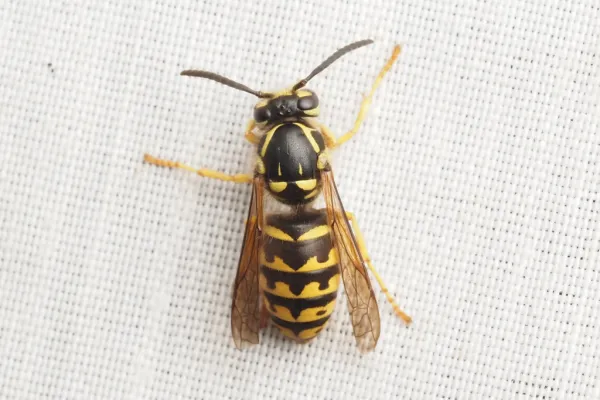Different Types of Ants
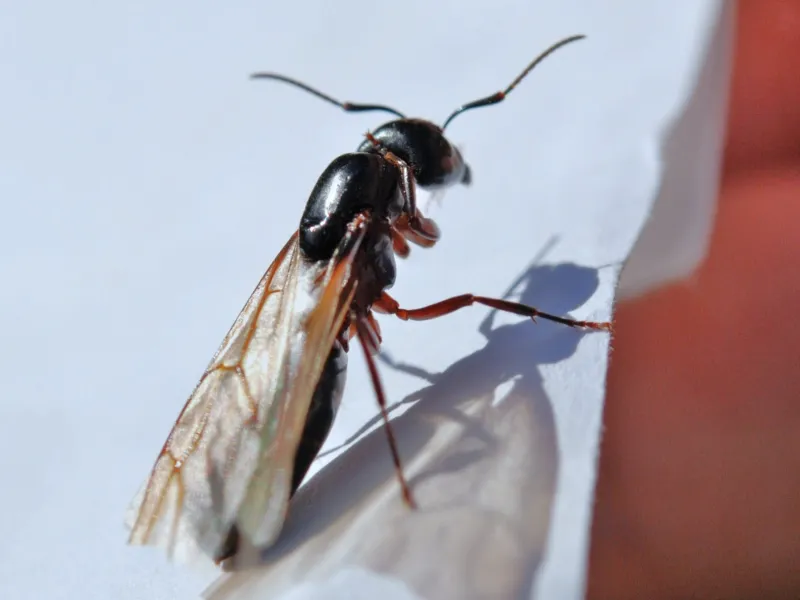
Different Types of Ants Around Savannah, GA
Savannah and the surrounding communities are home to various ant species, and while some are just a minor nuisance, others can cause serious damage to your home or even pose health risks. Knowing which types of ants are common in the area can help you take the right steps to keep them out. At Preferred Pest Control, we specialize in efficiently identifying and eliminating ant infestations, so you don't have to deal with them alone.
Here's a breakdown of the most common ants in Savannah, what attracts them, and how to prevent them from invading your home.
Common Ant Species in Savannah
1. Fire Ants (Red Imported Fire Ants)
What They Look Like: Reddish-brown, with workers ranging from 1/8 to 3/8 of an inch
Where They Live: Build large, dome-shaped mounds in sunny, open areas
Why They Enter Homes: Usually stay outdoors but may come inside during heavy rains or flooding in search of food or shelter
Why They're a Problem: Aggressive and deliver painful stings, which can be dangerous for those allergic to insect venom
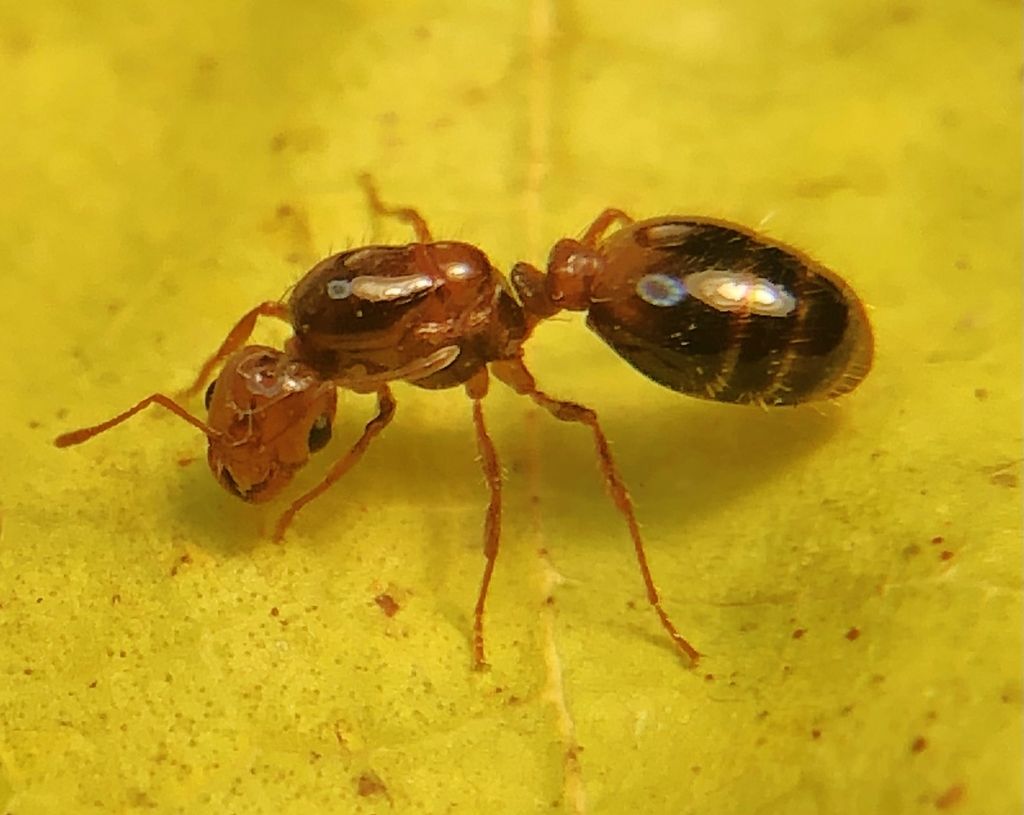
2. Carpenter Ants
What They Look Like: Large ants (1/4 to 1/2 inch), usually black but sometimes red or brown
Where They Live: Tunnel through wood to build nests, especially in moist or decaying wood
Why They Enter Homes: Often found in damp areas like crawl spaces, leaky pipes, or water-damaged wood
Why They're a Problem: Their tunneling can weaken wooden structures over time, leading to costly damage

3. Argentine Ants
What They Look Like: Light to dark brown, about 1/8 inch long
Where They Live: Massive colonies with multiple queens, usually nesting in moist soil, under logs, or in mulch
Why They Enter Homes: Dry weather or heavy rains drive them indoors, looking for food and water
Why They're a Problem: Their large colony size and persistent foraging make them tough to eliminate

4. Odorous House Ants
What They Look Like: Small, dark brown or black ants (about 1/8 inch long)
Where They Live: They typically nest inside walls or under floors.
Why They Enter Homes: Attracted to sweet foods like syrups, sugar, and fruit spills
Why They're a Problem: They don't cause structural damage, but their persistent presence can be frustrating

5. Pharaoh Ants
What They Look Like: Tiny (1/16 inch), yellowish or light brown
Where They Live: Prefer warm, humid environments and often nest inside walls, near plumbing, or behind baseboards
Why They Enter Homes: Drawn to sugary and greasy foods in kitchens
Why They're a Problem: Hard to eliminate because they create multiple sub-colonies when disturbed
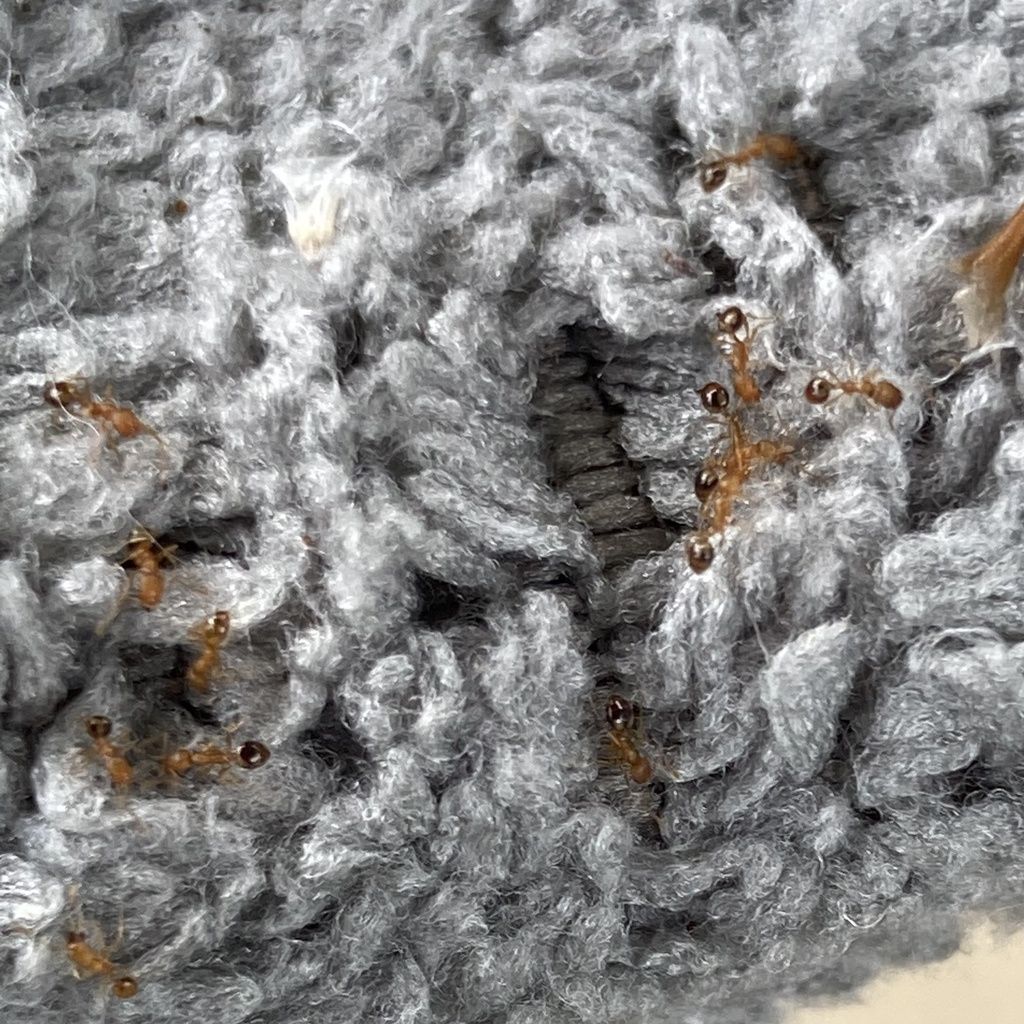
6. Crazy Ants
What They Look Like: Dark brown or reddish-brown, about 1/8 inch, with long legs
Where They Live: Nest under rocks, in soil, or near moisture sources
Why They Enter Homes: Enter through small cracks or gaps in doors and windows while searching for food and water
Why They're a Problem: Their fast reproduction rates make infestations challenging to control
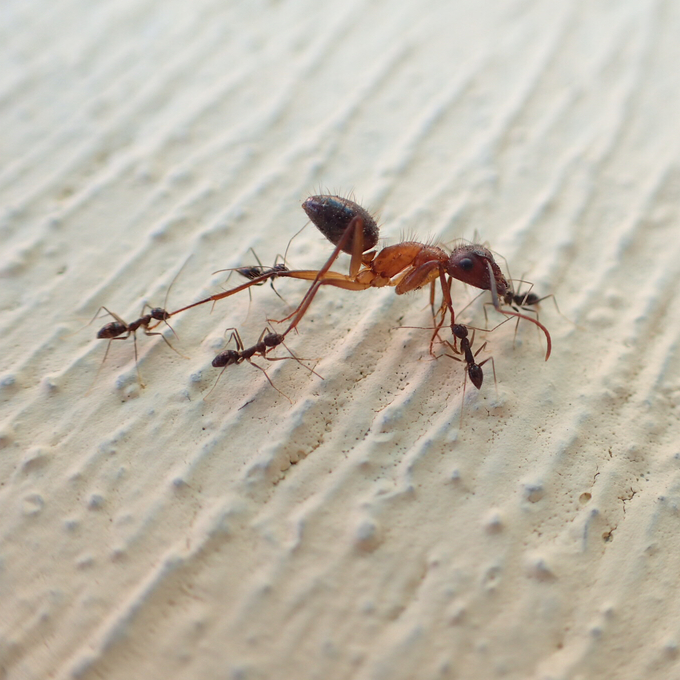
7. Acrobat Ants
What They Look Like: Small to medium-sized (1/8 to 1/4 inch), light brown to black, with a heart-shaped abdomen
Where They Live: Often found in damp or decaying wood
Why They Enter Homes: Attracted to water-damaged wood and indoor food sources
Why They're a Problem: Their presence may indicate moisture problems in the home
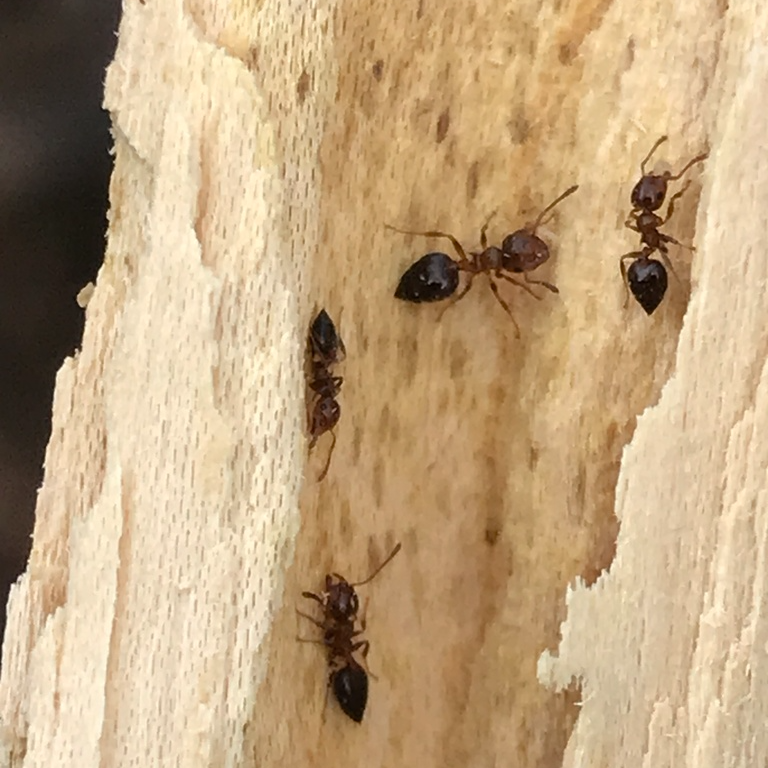
8. Little Black Ants
What They Look Like: Tiny (1/16 inch), dark brown to black
Where They Live: Usually found in soil, decaying wood, or under rocks, with colonies containing multiple queens
Why They Enter Homes: Seek out sugary foods and enter through small cracks and crevices
Why They're a Problem: While they don't cause structural damage, their large numbers make them a persistent indoor nuisance.
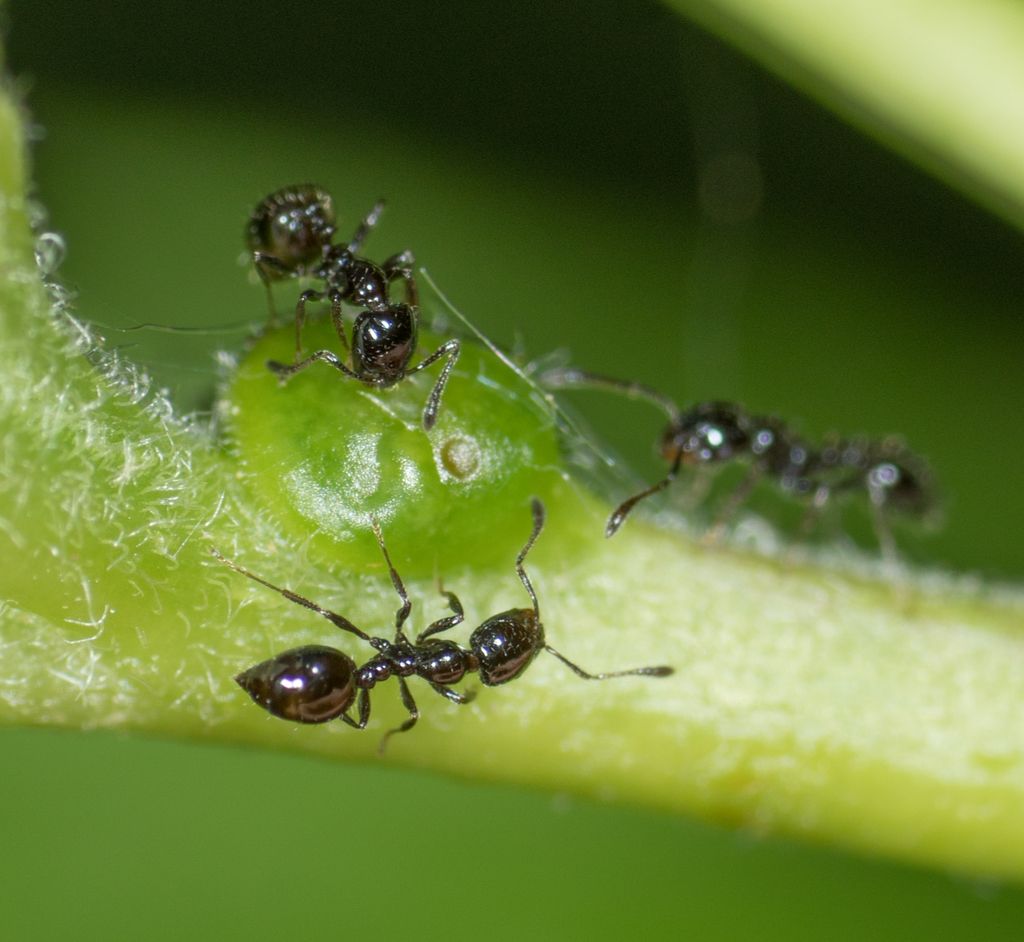
Why Do Ants Invade Homes?
Ants typically enter homes for three main reasons:
- Food: Attracted to sugary, greasy, and protein-rich foods left out in the open
- Moisture: Kitchens, bathrooms, and basements provide a reliable water source, especially in dry conditions
- Shelter: Heavy rains, extreme temperatures, and flooding can drive ants indoors
- Stable Environment: Homes offer consistent temperatures and humidity, making them an ideal nesting spot
How to Prevent Ant Infestations
✔️ Seal Entry Points: Use caulk to close gaps around windows, doors, and utility lines
✔️ Reduce Moisture: Fix leaks, improve ventilation, and replace any water-damaged wood
✔️ Store Food Properly: Keep sweets, pet food, and other attractants in airtight containers
✔️ Maintain Your Yard: Trim trees and shrubs near your home, and keep mulch or firewood away from your foundation
✔️ Inspect Regularly: Catching ant trails or nests early can prevent a full-blown infestation
Dealing with an Ant Problem? We Can Help!
Savannah is home to a wide range of ant species, and while some are just annoying, others can cause serious problems. Keeping your home clean, sealed, and dry can go a long way in preventing an infestation, but sometimes, professional help is the best solution.
At Preferred Pest Control, we offer expert ant removal and prevention services to keep your home pest-free. Contact us today for an inspection and a customized pest control plan that fits your needs!

